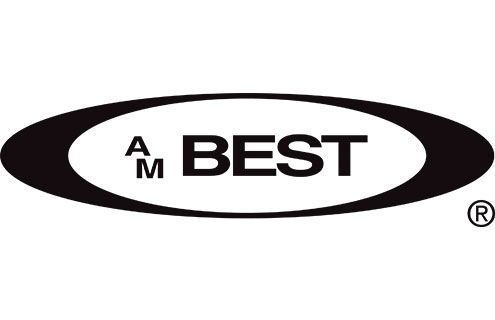A.M. Best has affirmed the financial strength rating of “A” (Excellent) and the issuer credit rating of “a” of National Grid Insurance Company (NGICL) from the Isle of Man, a captive of National Grid. The outlook for both ratings remains stable.
The ratings reflect what A.M Best called NGICL’s “very strong” risk-adjusted capitalisation, as well as its importance as a risk management tool within the National Grid group. A partially offsetting factor is the potential earnings volatility inherent in the captive’s book of business.
The agency stated that NGICL’s risk-adjusted capitalisation is expected to remain very strong, supported by internal capital generation.
In addition, there has been a reduction in underwriting risk, following the decision by the National Grid group in August 2014 to cease ceding its US business to NGICL and instead cede this business to a separate and newly incorporated US domiciled captive.
NGICL retains some exposure to US risks through a layer of stop-loss reinsurance protection provided to the new US captive.
A.M. Best has said that it believes NGICL remains core to National Grid’s risk management strategy, despite the reduction in US business.
NGICL is “well integrated” into the parent’s overall risk management framework, according to the agency, with its primary objective to mitigate the National Grid group’s exposure to property damage and business interruption risks.
Prospective underwriting performance is likely to remain volatile, owing to the nature of underwritten risks. The captive is exposed to potentially large losses on its property and business interruption account.
However, technical performance over the long term has been “good” for A.M Best, demonstrated by a five-year average combined ratio of 65 percent.
The impact of large losses on the captive’s balance sheet is partly mitigated by extensive reinsurance in place with a panel of financially strong counterparties.
A.M. Best said that negative rating actions may occur if there were material deterioration in NGICL’s risk-adjusted capitalisation or a prolonged period of poor operating results.
In addition, if the captive’s importance as a risk management tool within the National Grid group were to diminish, there may be negative rating pressure.






